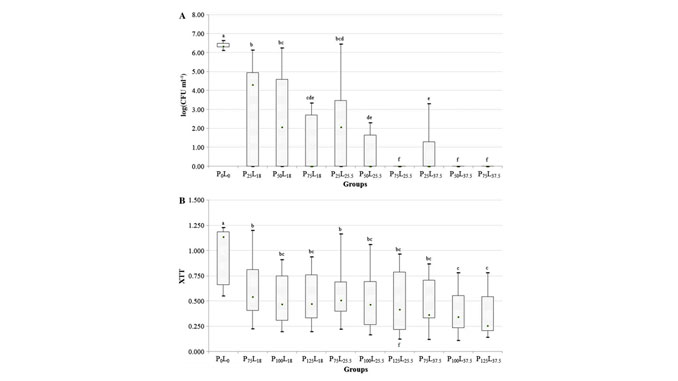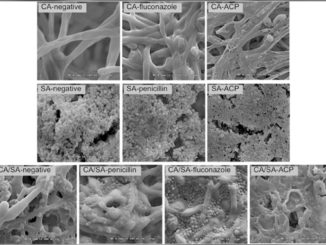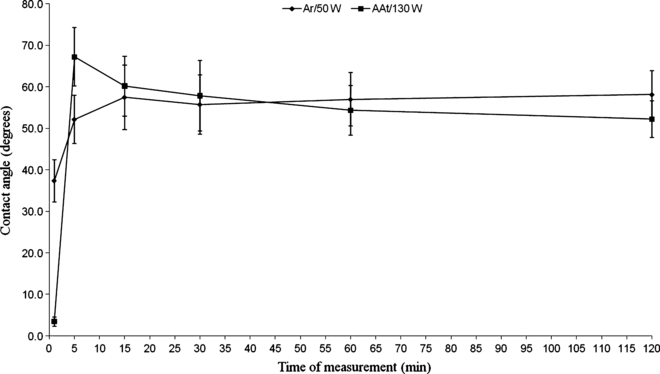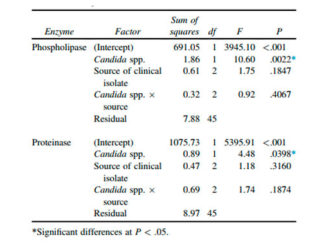
Writers: L.N. Dovigo; J.C. Carmello; M.T. Carvalho; E.G. Mima; C.E. Vergani; V.S. Bagnato & A.C. Pavarina
Keywords: photodynamic therapy; Candida spp.; biofilms
Abstract: This study evaluated the photodynamic inactivation (PDI) mediated by Photodithazine® (PDZ) against 15 clinical isolates of Candida albicans, Candida glabrata and Candida tropicalis. Each isolate, in planktonic and biofilm form, was exposed to PDI by assessing a range of PDZ concentrations and light emitting diode fluences. Cell survival of the planktonic suspensions was determined by colony forming units (CFU ml−1). The antifungal effects of PDI against biofilms were evaluated by CFU ml−1 and metabolic assay. Data were analyzed by non-parametric tests (α = 0.05). Regardless of the species, PDI promoted a significant viability reduction of planktonic yeasts. The highest reduction in cell viability of the biofilms was equivalent to 0.9 log10 (CFU ml−1) for C. albicans, while 1.4 and 1.5 log10 reductions were obtained for C. tropicalis and C. glabrata, respectively. PDI reduced the metabolic activity of biofilms by 62.1, 76.0, and 76.9% for C. albicans, C. tropicalis, and C. glabrata, respectively. PDZ-mediated PDI promoted significant reduction in the viability of Candida isolates.
See PDF: Photodynamic inactivation of clinical isolates of Candida using Photodithazine®
DOI: 10.1080/08927014.2013.827668




